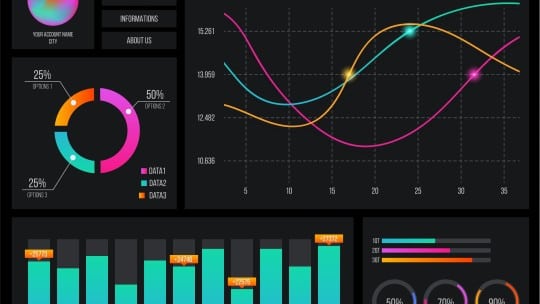
“Opinions are like mixtapes: I don’t want to hear yours,” goes a popular adage. But listening and engaging with the public's opinions are requirements in PR.
One of the biggest challenges communicators face is in battling pre-conceived notions with data, especially when it comes to hard-hitting public health issues, said Kieran Fagan, vice president of communications at Aetna, at last week's PR News Measurement Conference.
The company uses data to drive a communications strategy that effectively strikes an emotional resonance with audiences. Here is the six-step process Aetna took to integrate more data into its communications:
State Your Intent
Don’t keep your new data-driven strategy behind closed doors, says Fagan. Make it clear to your organization at large that your communications team is now relying on data to tell stories about your brand, so that everyone is on the same page.
Answer the Big Question
And the big question is: So what? After stating your intent, you must be prepared to show how your data can help the business advance its goals and be a relevant part of the conversation. Fagan showed attendees how Aetna measured and reviewed the attitudes of its three key audiences—consumers, physicians and policy makers—to reveal which aspects of its strategy were effective. Since this information could literally save lives, it was important to know whether or not audiences were paying attention.
Count What You Can
Like many companies, Fagan said, Aetna’s communications team was getting huge amounts of data from different teams but struggled to bring it together into a coherent picture. When it comes to data, more is not always better. Instead, make sense of what you already have first and then determine if more data points are needed.
Tie It To Your Story
Fagan explained that in Aetna’s case, the company discovered that its communications were not always effective because it was telling a very emotional story about the opioid crisis in a clinical way. To combat this, the team broke down the story into six narrative themes and measured each theme separately to make sure the story stayed consistent with the CEO’s vision while also hitting home with consumers.
Bring It To The Business
Fagan’s team took two years to develop a robust scorecard that could be looked at as whole, but also could be broken down into smaller pieces to be shown to different teams throughout the business. Each team will have a different answer to "So what?" so, you need to figure out which data will make an impact to each of them seperately.
Don’t Run Victory Laps…Yet
It’s important to position measurement as a tool of continuous improvement, Fagan stressed. If your team simply goes by “vanity metrics,” it’s easy to celebrate wins as if you've reached the finish line. But data and measurement will change over time, as Aetna came to realize when its new stories were hitting home with consumer audiences but still not with policy makers. The most paramount thing is to be adaptable.
Follow Hayley: @that_hayley
